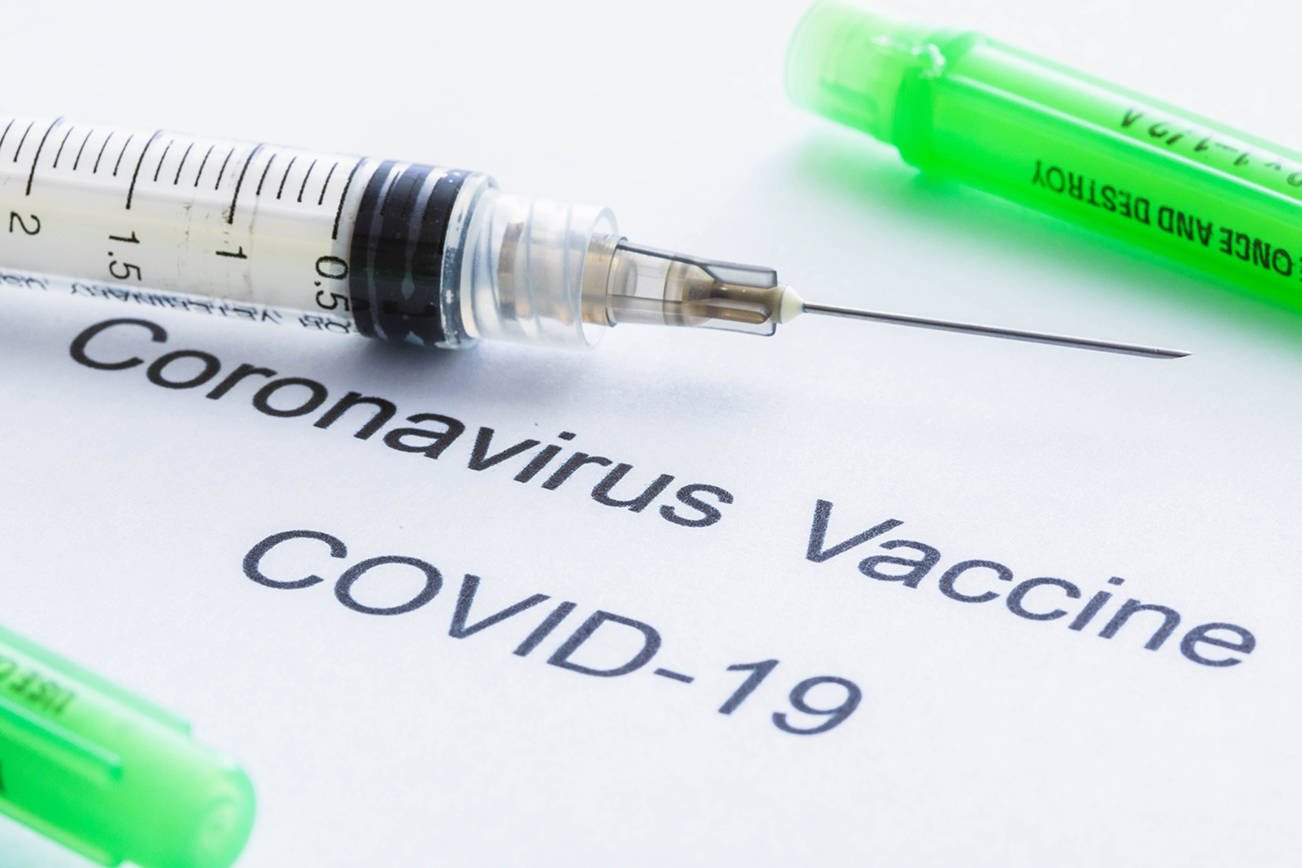Submitted by San Juan County
From the beginning of the COVD crisis, an effective and safe vaccine has been seen as the ultimate solution for ending the disruption and impacts of the pandemic.
As we head into our ninth month, numerous vaccine development efforts are underway, with many giving us reason for optimism. The intent of this article is not to detail those efforts or predict outcomes (something we are not qualified to do), but rather to help shape community expectations for what a vaccine roll-out might look like, and to highlight some of the major unanswered questions that lie ahead.
First off, and this should be obvious at this point, but no one knows exactly what is to come with COVID. Experts may predict, and the media may report, but at the end of the day, our collective sense of what is true or what the future holds has been consistently fluid.
So please know that this is just our attempt to offer a general sense of what may come. The details will surely vary.
QUESTION 1: When will a vaccine be available? Bottom line: we’re getting close. We’re hopeful that a limited volume of a vaccine may be distributed in the United States by later in December. First doses could arrive in the islands 4-6 weeks later.
This is only an estimate and there are still many unknowns, but the main message should be that there is light at the end of the tunnel. Given that our entire country is suffering from a massive surge in cases, the prospect of a vaccine should give us the boost we need to take every step we can to keep our communities safe today. COVID has been a marathon and we’ve just passed 20 miles. It is time to dig deep.
QUESTION 2: How do we know the vaccine will be safe?
While the need for the speedy delivery of a vaccine is vital, it is also no secret that the issue of vaccine availability has become politicized. With politics comes even more pressure on scientists and manufacturers to hurry their efforts. This has long been a concern of public health professionals at the state and local levels, healthcare providers, and the general public as well.
To ensure safety there is a long-standing process in place for testing the effectiveness and safety of all vaccines, including an independent science panel that reviews all data before releasing any vaccine. Despite the political noise, this well-established procedure is being followed for COVID vaccine development. In addition, several states, including Washington, have made a collective commitment to perform their own independent analysis of the authorization process for any proposed vaccines. Only after that happens will a vaccine be offered in Washington. As with any vaccine, there will be a very small number of individuals who will have adverse effects from the vaccine. Given the current situation, those cases will be widely reported, and some citizens or organizations will use those instances as evidence of why we should not be vaccinated. Please know that widespread acceptance of a safe and effective COVID vaccine is our one and only hope for ending this crisis in 2021. By the time COVID vaccines make it to San Juan County, they will be thoroughly evaluated, monitored, and tested.
QUESTION 3: Why won’t it be available in the islands sooner?
Just because there is a vaccine, the doses needed to vaccine everyone will not be ready all at once. It will take time for manufacturers to ramp up production to a level where doses are being distributed on a large scale. In addition, the logistics of storage and transport of the vaccine, especially those released earliest, require a level of specialized equipment that may limit distribution. As time goes on, the support requirements for future vaccines will lessen, and distribution will become broader.
QUESTION 4: Who gets the vaccine, and when? Given the fact that initial supply will be limited, a prioritized approach for delivery will be implemented. These priorities are set at the national and state levels and must be adhered to by local governments and medical providers.
San Juan County has not yet been informed of what exactly roll-out might look like. However, a best guess is that it may unfold along these lines:
Phase 1: High-risk healthcare workers; first responders; very high-risk individuals; and older adults living in group facilities.
Phase 2: K-12 teachers and childcare providers; critical workers in high-risk settings; people in high risk group living facilities; and all older adults.
Phase 3: Young adults; children; and essential workers.
Phase 4: all remaining individuals.
The timing of the overall vaccination effort is hard to pin down, but it is possible that all communities in the United States could have widespread access to the vaccine by June 2021.
QUESTION 5: Who will give us the vaccine?
Like the flu and other vaccines, distribution will be provided by a mix of healthcare providers, local health departments, and alternative sites like pharmacies, schools, or other settings. Details are still uncertain and will depend on requirements and direction from state and national governmental agencies.
QUESTION 6: Where can I learn more? Visit San Juan County’s Vaccination Info Page at sanjuanco.com/1737/FluCOVID-Vaccines; Washington State Department of Health’s COVID Vaccine Info Page at doh.wa.gov/Emergencies/COVID19/Vaccine; and view the state’s draft COVID Vaccination Plan at doh.wa.gov/Portals/1/Documents/1600/coronavirus/WA-COVID-19-Vaccination-Plan.pdf.



